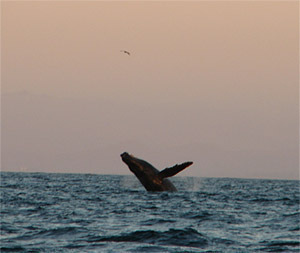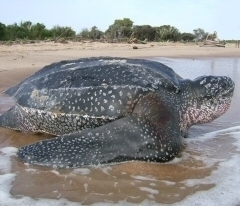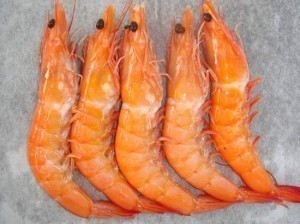Biggest Whale Ever Caught
It isn’t easy to determine what the biggest whale ever caught is. Whalers during the 19th and early 20th century hunted thousands, but they were chopped up so accurate measurement was no longer possible.
Largest Weighed
The biggest whale to be accurately measured is a female weighing 177 metric tons. This is equal to 195 short tons. The whale was measured by the American National Marine Mammal Laboratory (NMML). The NMML also estimates that a 98 ft (30 m) whale will weigh up to 200 tons. Whales also reported seeing 78 ft whales weighing 150–170 metric tons (170–190 short tons).
Other Facts about the Whale Size
While the heaviest whale is in excess of 200 tons, the longest is over 110 ft / 33 m. If this whale is laid out, it would be equal to the length of 9 family sized cars. Not surprisingly, the body parts of the whale. The tongue weighs nearly 3 metric tons. If the mouth is opened fully, it is capable of holding over 80 tons of food.
One thing needs to be said though: its throat does not permit the creature to swallow an object larger than a typical beach ball. This is true not just for the biggest whale ever caught but for all blue whales. The blue whale also has the largest heart of any animal; it weighs 1,300 lbs. The aorta is almost ten inches in diameter.
Baby Whales 
A newly born blue whale can weigh up to 2,700 kilograms (6,000 lb). This is equal to the size of an adult hippo. However, the animal gains weight quickly. A baby blue whale adds 200 pounds every day. Scientists have also proven that a baby blue whale will drink 100 US gallons of milk for the first few months of its life.
Why are Whales so Large?
Researchers are not really sure. It can simply be because they have more space in the water. The fact that the whale lives in the ocean is important. If the animal lived on land, it would require a massive skeleton frame.
But because it lives in the ocean, it can use the water buoyancy to support its weight. If the whale were to be placed on dry land, it would collapse under its own weight due to gravity.
As the facts show, it can be difficult to determine the biggest whale ever caught. However, advances in scientific instruments could lead to more accurate measurements.





